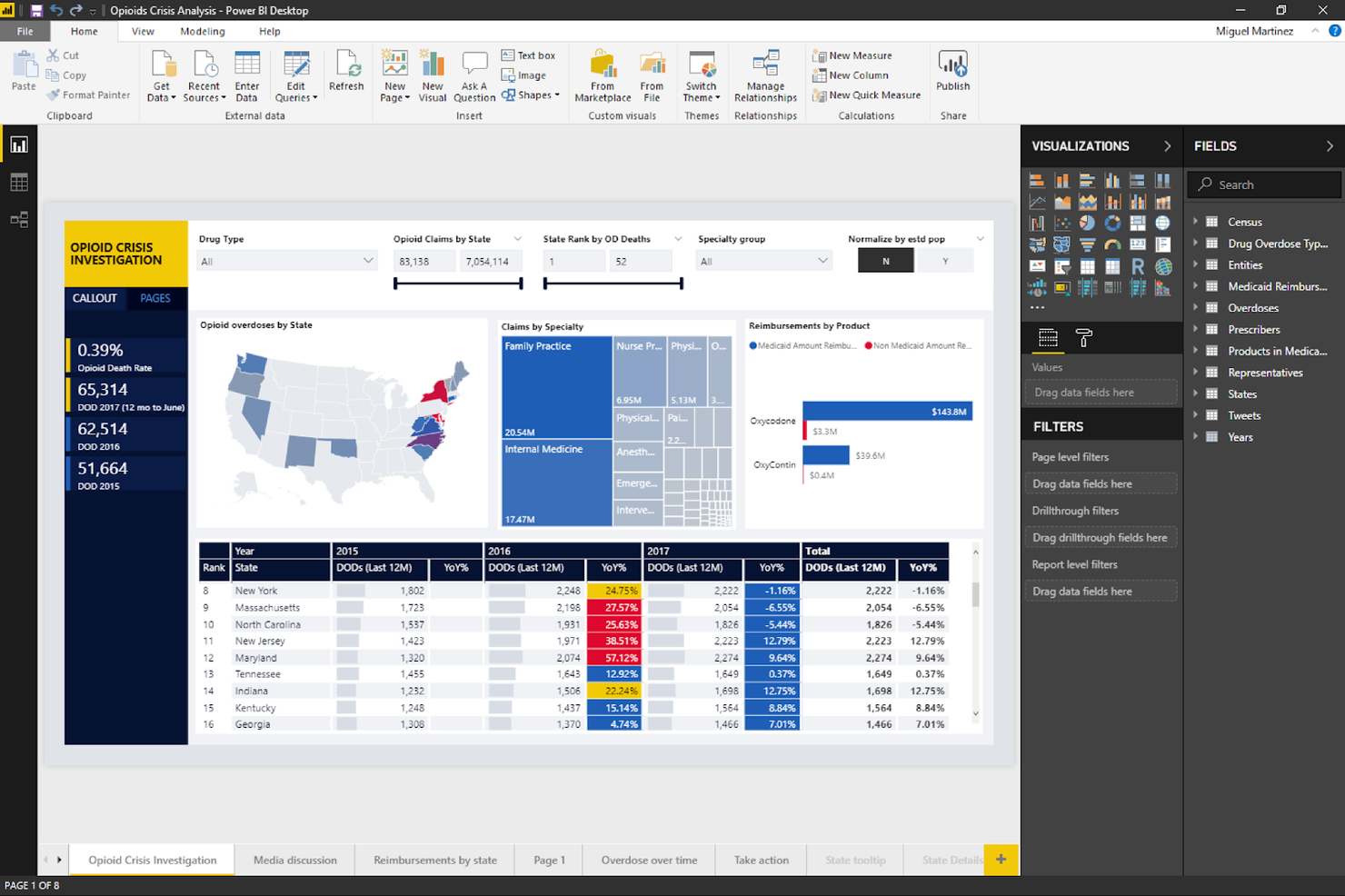
Business Intelligence Software for Smarter Data Management
In today’s fast-paced business landscape, organizations are bombarded with vast amounts of data from various sources. The ability to collect, analyze, and interpret this data has become a critical component of business success. Business Intelligence (BI) software has emerged as a vital tool for companies to make data-driven decisions, improve operational efficiency, and gain a competitive edge. In this article, we will delve into the world of Business Intelligence software and explore how it can help organizations manage their data more effectively.
What is Business Intelligence Software?
Business Intelligence software refers to a set of tools and technologies that enable organizations to collect, analyze, and visualize data to inform business decisions. BI software helps companies to extract insights from their data, identify trends, and patterns, and create predictive models to forecast future outcomes. The primary goal of BI software is to provide stakeholders with accurate and timely information to support strategic decision-making.
Key Features of Business Intelligence Software
Effective Business Intelligence software should have the following key features:
- Data Integration: The ability to connect to various data sources, such as databases, spreadsheets, and cloud storage, to collect and integrate data.
- Data Analysis: Powerful analytics capabilities to process and analyze large datasets, including statistical analysis, data mining, and machine learning algorithms.
- Data Visualization: Interactive and intuitive visualization tools to present complex data insights in a clear and concise manner, such as charts, graphs, and dashboards.
- Reporting and Alerting: Automated reporting and alerting capabilities to notify stakeholders of key performance indicators (KPIs) and exceptions.
- Security and Governance: Robust security and governance features to ensure data integrity, access control, and compliance with regulatory requirements.
Benefits of Business Intelligence Software
The implementation of Business Intelligence software can bring numerous benefits to organizations, including:
- Improved Decision-Making: BI software provides timely and accurate data insights, enabling stakeholders to make informed decisions.
- Enhanced Operational Efficiency: Automation of reporting and analysis tasks frees up resources, reducing manual errors and increasing productivity.
- Increased Competitive Advantage: Organizations can gain a competitive edge by leveraging data insights to identify new opportunities and mitigate risks.
- Better Customer Service: BI software helps companies to analyze customer behavior, preferences, and needs, enabling them to deliver personalized and targeted services.
- Cost Reduction: BI software can help organizations to optimize resources, reduce waste, and improve asset utilization.
Types of Business Intelligence Software
There are several types of Business Intelligence software available, including:
- Traditional BI: Traditional BI software focuses on reporting and analysis, using structured data from internal sources.
- Big Data Analytics: Big Data Analytics software is designed to handle large volumes of unstructured and semi-structured data from external sources.
- Cloud-Based BI: Cloud-Based BI software is hosted in the cloud, providing scalability, flexibility, and cost-effectiveness.
- Self-Service BI: Self-Service BI software enables users to create their own reports and analytics without relying on IT support.
- Mobile BI: Mobile BI software provides access to BI applications and data on mobile devices, enabling users to make decisions on-the-go.
Best Practices for Implementing Business Intelligence Software
To ensure a successful implementation of Business Intelligence software, organizations should follow these best practices:
- Define Clear Goals and Objectives: Establish a clear understanding of what the organization wants to achieve with BI software.
- Assess Data Quality and Availability: Evaluate the quality and availability of data to ensure that it is accurate, complete, and relevant.
- Choose the Right Software: Select a BI software that meets the organization’s specific needs and requirements.
- Develop a Comprehensive Implementation Plan: Create a detailed plan for implementation, including timelines, resources, and budgets.
- Provide Training and Support: Provide users with training and support to ensure that they can effectively use the BI software.
Common Challenges and Pitfalls
While implementing Business Intelligence software, organizations may face several challenges and pitfalls, including:
- Data Quality Issues: Poor data quality can lead to inaccurate insights and decisions.
- Resistance to Change: Users may resist changes to their existing processes and workflows.
- Lack of IT Support: Insufficient IT support can hinder the implementation and maintenance of BI software.
- High Costs: BI software can be expensive, and organizations may struggle to justify the costs.
- Integration with Existing Systems: Integrating BI software with existing systems and applications can be challenging.
Future of Business Intelligence Software
The future of Business Intelligence software looks promising, with emerging trends and technologies such as:
- Artificial Intelligence and Machine Learning: AI and ML will play a significant role in BI software, enabling organizations to analyze complex data patterns and make predictions.
- Cloud and Hybrid Architectures: Cloud and hybrid architectures will become more prevalent, providing organizations with greater flexibility and scalability.
- Big Data and Analytics: Big Data and analytics will continue to grow in importance, as organizations seek to extract insights from large volumes of structured and unstructured data.
- Mobile and IoT Devices: Mobile and IoT devices will become more integrated with BI software, enabling users to access data and insights on-the-go.
- Augmented and Virtual Reality: Augmented and virtual reality will be used to create immersive and interactive data visualizations, enhancing the user experience.
Conclusion
Business Intelligence software has become a vital component of modern business operations, enabling organizations to make data-driven decisions, improve operational efficiency, and gain a competitive edge. By understanding the key features, benefits, and best practices of BI software, organizations can harness the power of data to drive success. As the business landscape continues to evolve, BI software will play an increasingly important role in helping organizations to stay ahead of the curve. Whether you’re a seasoned professional or just starting out, understanding the world of Business Intelligence software is essential for navigating the complex and ever-changing business environment.
Closure
Thus, we hope this article has provided valuable insights into Business Intelligence Software for Smarter Data Management. We hope you find this article informative and beneficial. See you in our next article!


